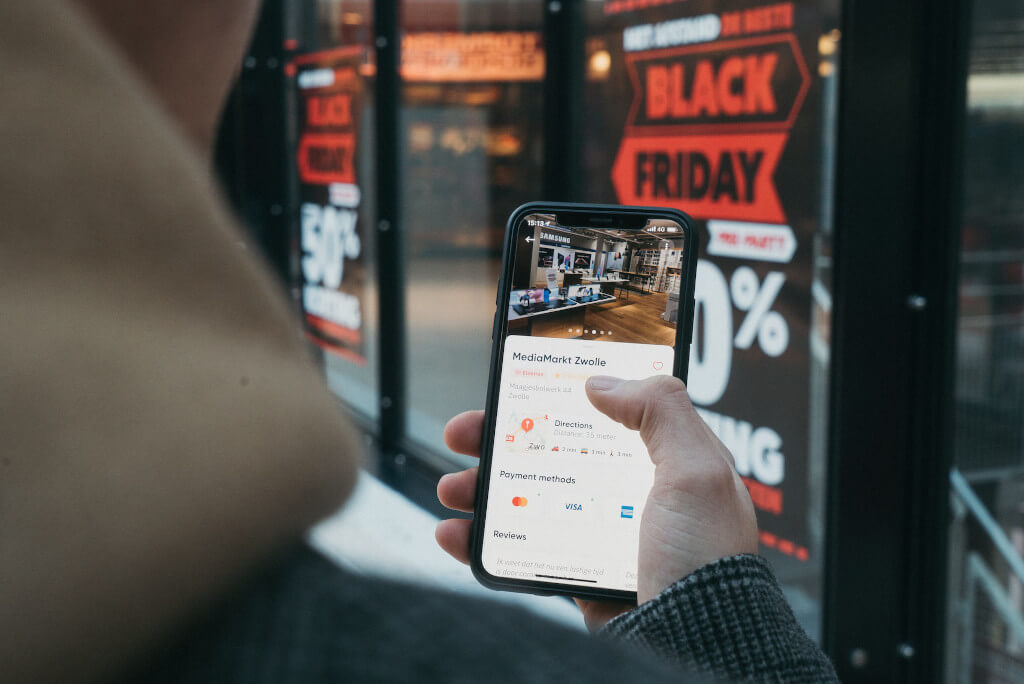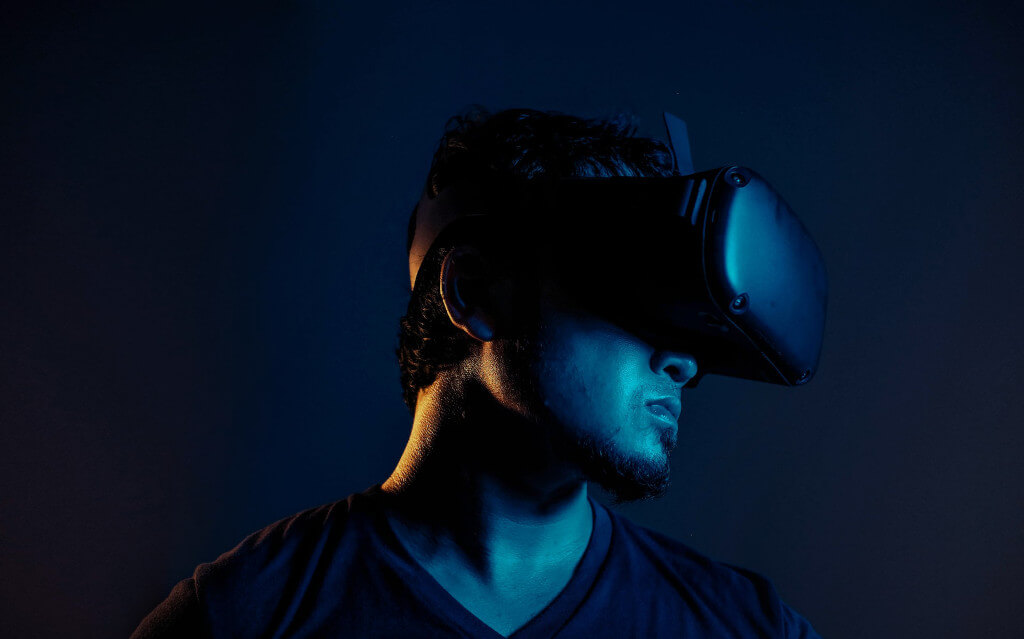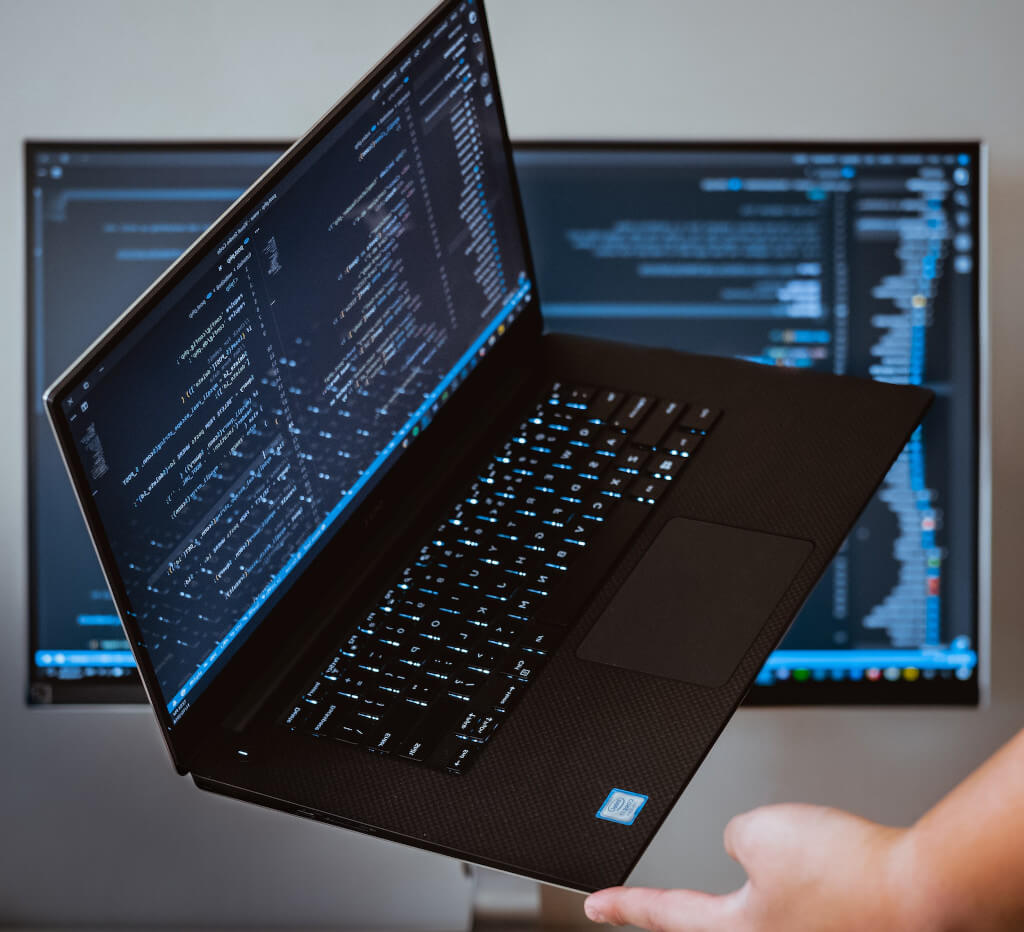E-commerce, and online fashion retail, in particular, are undergoing significant transformations as a direct result of the proliferation of ever-more-advanced technologies. Within the next few years, the look and feel of e-commerce as it is practiced today will transform into something quite different. This article takes a look at several of the market trend that will play a significant role in driving change in the fashion e-commerce industry.
Concerns about the usefulness of artificial intelligence (AI) have persisted for a considerable amount of time in the world of fashion. This is because the fashion industry is primarily driven by artistic flair and expression. However, the introduction of new technologies is altering the way businesses operate in the modern world, and the fashion industry is not an exception.
The Diverse Facets Of AI
Artificial intelligence has made its way into many diverse facets of the fashion and retail industries, including product development and production, as well as marketing and sales. This is because people have realized that the aforementioned technologies do not stifle creative expression; rather, they are potent tools that enhance creative abilities and the appeal of products to consumers.
Businesses need to maintain their adaptability and be ready to make the most of any opportunity that presents itself for them to be successful in surroundings as rapidly changing and dynamic as that of the fashion retail industry. With the help of artificial intelligence, businesses are better able to comprehend and respond to the actions of their customers. Thousands of data points are taken into consideration to reach useful insights that can help retailers improve their strategy and provide better experiences for their customers.

E-commerce has quickly become one of the most essential building blocks for traditional retail sales all over the world. People were ordered to stay at home during the COVID-19 pandemic, so they opted to do their shopping online. As a result, the proportion of total retail sales that is comprised of e-commerce will increase from 15% in 2019 to 21% in 2021. Its current percentage is 22%, giving it a market share equivalent to $3.3 trillion at present. E-commerce in the fashion industry is currently being influenced by several trends, including the following:
Reinventing Retail
Traditional methods of performance assessment involved taking a look back at past results at the end of each season to evaluate how well a product had performed. With the help of AI, it is possible to gain access to data in real-time and monitor changing trends as well as the performance of stocks as they occur. Because of this, retailers can craft proactive strategies to tap into the sentiment of their customers and meet the demand they have without losing out on key initiatives.
Brands must always keep current and ride the current to remain at the top of the competition. In addition, technologies such as automated product tagging make it possible for retailers to evaluate the performance of the market on an attribute level, which takes into account specific attributes such as colors, prints, sleeves, and necklines, among other things.
Retailers can more effectively manage their inventory by using tools powered by AI to determine which of their products are selling the best and which are selling the least. A significant reduction in the costs associated with wastage and unsold inventory can be achieved by learning from the prevalent consumer habits and prepping inventory stocks appropriately. Predictive analytics can take the uncertainty out of inventory management by identifying high-demand zones and evolving market trends in real-time.
This saves brands the trouble of either excess inventory or understocking an item, which can be detrimental to their bottom line. Because of this, they are now in a better position to determine how effectively a product is likely to sell and how rapidly it needs to be restocked after it has been depleted. When attempting to forecast the demand for particular goods, the technology takes into consideration factors such as geography, the age of the customer group, popular fashion trends, and seasonality.
The effectiveness of marketing campaigns can also be improved with the help of predictive analytics. Natural language processing is one simple application that could be used to understand the vernacular of a specific target audience to personalize advertising campaigns and adverts to be directed toward that demographic.
AI enables retailers to enhance their pricing strategy by enabling them to predict how consumers would respond to price fluctuations based on information from past sales. This helps retailers to determine the optimal prices at which to sell their products. The forecasts might not be accurate 100% of the time, but they are extraordinarily helpful in providing an idea of how customers are most likely to react.
By utilizing the optimal price points proposed by AI after tracking competitor pricing, retailers have the opportunity to gain a competitive edge in their industry. They are also able to determine the best times during the seasons to maintain low prices with small margins of profit, as well as the times to slightly raise prices to make the most profit possible. Because of this, it is much simpler to plan price reductions and positioning campaigns in such a way that they will appeal to the appropriate customers at the appropriate time.
Putting the Customer Experience Front and Center in the Retail Sector
In the same way that artificial intelligence opens up a world of possibilities for companies to step up their game, it also presents customers with convincing retail shopping. Consider the practice of visual search as an illustration. Customers can quickly scour for products with the help of AI-enabled visual search by simply using images of clothing or celebrity styles that they would like to purchase or emulate.
The artificial intelligence then returns with the product from the retailer’s inventory that is the most similar match to all of the products it has identified in the image. Customers will be able to locate what they’re searching for using this method, even if they are unable to articulate exactly what it is that they require. On the contrary, retailers improve their understanding of the preferences and tastes of customers by gathering this information.
When a customer attempts to purchase an item that is out of stock or does not come in the correct size, they are given a selection of appropriate specific products to choose from to assist them in finding what they’re looking for. These suggestions, which are based on product similarities, increase customer engagement while simultaneously reducing the amount of sales opportunities that are lost to competing companies.
Online shoppers have more satisfactory browsing experiences as a result of personalized recommendations because they are displayed with a collection of what they’re most likely to buy, saving them both time and effort in the process. AI makes this possible by meticulously reviewing historical orders to determine consumer trends in color, style, size, and so on.
When we talk about customization, we should mention the steady rise in popularity of virtual try-on solutions among shoppers. Customers can try on any item of clothing in an online marketplace without leaving the convenience of their own homes by using a feature called a “virtual trial room.” Customers who are satisfied with their purchases are more likely to make additional purchases in the future, which in turn reduces the likelihood of the customer needing to make returns or exchanges.
For example, the Looklet Dressing Room enables customers to try on garments while virtually modeling a wide variety of body types so that they can get a sense of how various apparel items would look on them. To produce high-quality and color-accurate visuals to provide a lifelike virtual changing room experience.
Personalization
Artificial Intelligence (AI) and computer learning are two technologies that have been of great assistance to fashion e-retailers in their efforts to acquire new customers and keep the ones they already have (ML). AI enables online retailers to provide personalization options to customers, which in turn allows for the customization of products according to the purchasing preferences and behaviors of each customer.
AI and ML have various programs to improve the customer’s experience when shopping online. These applications range from providing the appropriate size options to determining the customer’s preferences to make appropriate personalized suggestions. Amazon has a long-standing reputation for being a leader in the adoption of various technologies, and one of those is its use of technology to boost not only the customer experience but also logistical support and delivery service.
A Promising Outlook for the Fashion Technology Industry
It is fascinating to observe how AI is assisting retailers in bridging the divide between the in-store buying process and the online buying experience, thereby significantly increasing the level of trust that customers have in the retail industry. We have undoubtedly come a long way from the days when consumers were reluctant to buy clothes online from pure-play e-commerce brands to the present day when we shop from these types of brands regularly. Both in-store and online shopping has steadily evolved to become more user-friendly, individualized, and pleasurable experiences in recent years. The fields of fashion and retail have a bright future ahead of them, thanks in large part to the contributions that AI and machine learning will bring to the table.





